Buy/Drive/Burn: Toasting a Luxury Minivan From 1994

When the Picture Time post for the Villager Nautica went up on these pages last year, the idea for this particular edition of Buy/Drive/Burn was already on my mind. In fact, in the big list of trios I keep for this series, this one has always been at the top of the list.
The year is 1994, and you’ve got a luxury minivan to set alight.
Sorry, no Previa for you. Today we’re talking American luxury — even though one of our trio is technically Japanese. Let’s go.
Mercury Villager Nautica
The top trim of Mercury’s Villager (a twin to the Nissan Quest) wore clothes from fashionable suburban mall clothing brand Nautica. Leather seats, embroidery, luggage, and the prestige of white wheels were all ensured by Villager Nautica. Underneath, power was provided by Nissan’s VG30 engine, a 3.0-liter V6 with a timing belt. It’s not as good as a VQ30, and it’s smaller than the V6 engines offered by the other two competitors. Anyway, the Villager has prestige and luxury, and the added bonus of being the less-commonly chosen alternative luxury van.
Chrysler Town & Country AWD
This is the van most luxury customers purchased at the time (albeit perhaps without AWD). Chrysler was killing the minivan game ever since it invented it in the mid-80s, and in 1994 the top trim of the Caravan/Voyager/T&C trio was the Town & Country AWD. Changes in 1994 saw a redesigned dash layout and instruments, as well as standard passenger side airbags in T&C models. The Town & Country is a safe choice; the first minivan to meet 1998 safety standards back in 1994. Underneath is Chrysler’s trusty 3.8-liter V6, in use all the way to 2011 in the Wrangler. Plus, gold lace alloys.
Oldsmobile Silhouette
Ahh, the Cadillac of Minivans. Hailing from 1989, the Dustbuster Silhouette is by far the oldest design here. Undergoing a front-end revamp and some trim changes in 1993, our top-end trim specification includes the vaunted 3800 Buick V6. Other highlights include configurable and flexible rear seating, where each rear seat is a captain’s chair. No benches for Oldsmobile passengers! Ride comfort is enhanced by the air ride package, which includes an air compressor for all inflationary needs.
This one’s tough, so where’s your purchase money go?
[Images: Toyota, Ford, Chrysler, General Motors]

Interested in lots of cars and their various historical contexts. Started writing articles for TTAC in late 2016, when my first posts were QOTDs. From there I started a few new series like Rare Rides, Buy/Drive/Burn, Abandoned History, and most recently Rare Rides Icons. Operating from a home base in Cincinnati, Ohio, a relative auto journalist dead zone. Many of my articles are prompted by something I'll see on social media that sparks my interest and causes me to research. Finding articles and information from the early days of the internet and beyond that covers the little details lost to time: trim packages, color and wheel choices, interior fabrics. Beyond those, I'm fascinated by automotive industry experiments, both failures and successes. Lately I've taken an interest in AI, and generating "what if" type images for car models long dead. Reincarnating a modern Toyota Paseo, Lincoln Mark IX, or Isuzu Trooper through a text prompt is fun. Fun to post them on Twitter too, and watch people overreact. To that end, the social media I use most is Twitter, @CoreyLewis86. I also contribute pieces for Forbes Wheels and Forbes Home.
More by Corey Lewis
Latest Car Reviews
Read moreLatest Product Reviews
Read moreRecent Comments
- Ajla I did like this one.
- Zerofoo No, I won't miss this Chevrolet Malibu. It's a completely forgettable car. Who in their right mind would choose this over a V8 powered charger at the rental counter? Even the V6 charger is a far better drive.
- Offbeat Oddity Nope, I won't miss it. I loved the 2008-2012 Malibu, but the subsequent generations couldn't hold a candle to it. I think the Impala was much more compelling at the end.
- Zerofoo An almost 5000 pound hot hatch that fell out of the ugly tree and hit every branch on the way down? No thanks.
- Tassos Jong-iL This would still be a very nice car in North Korea.




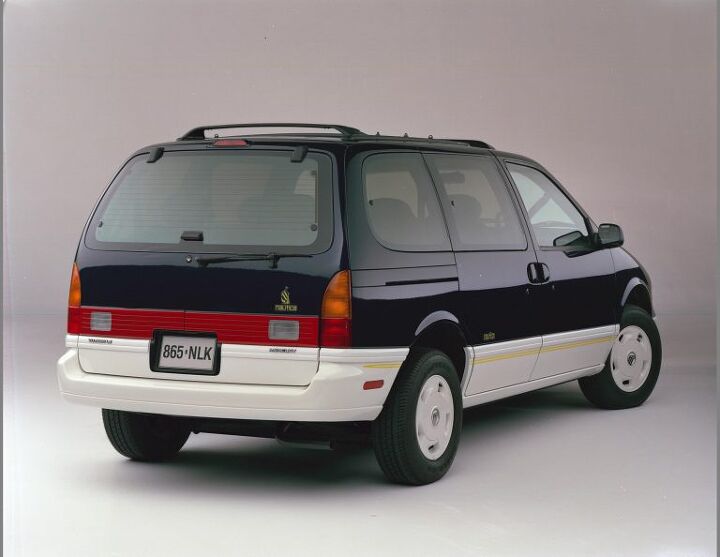
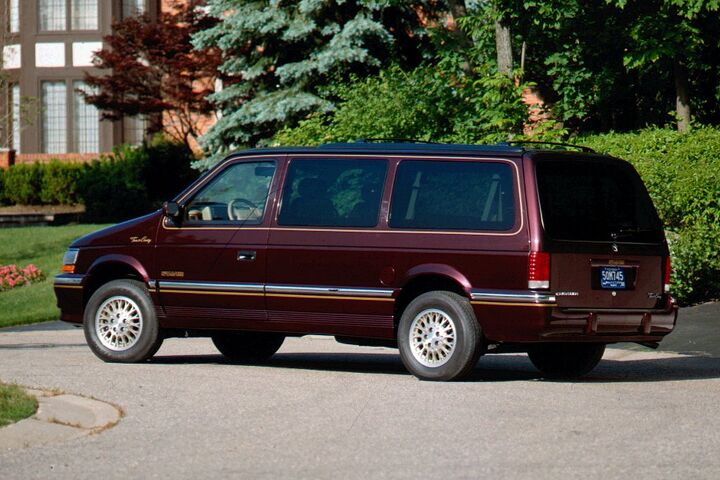
















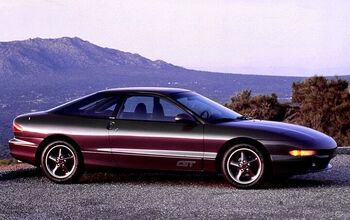
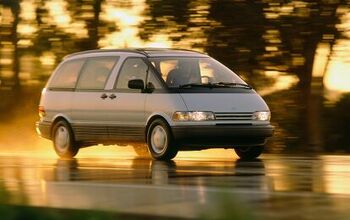
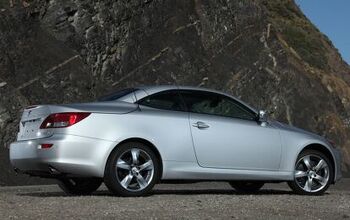
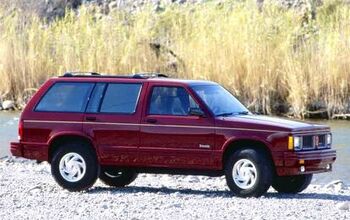
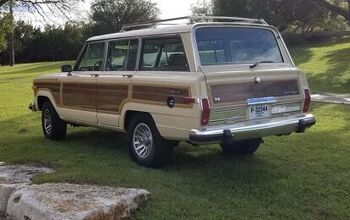
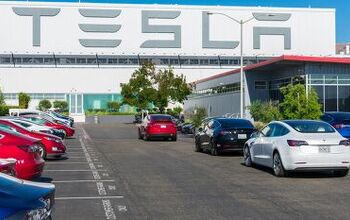
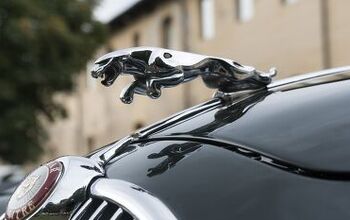
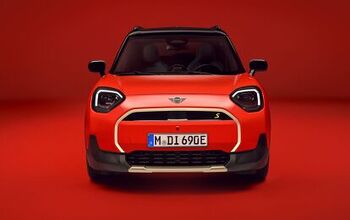

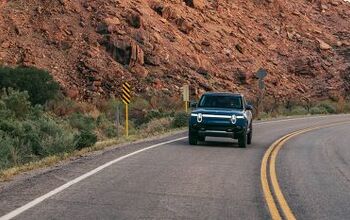
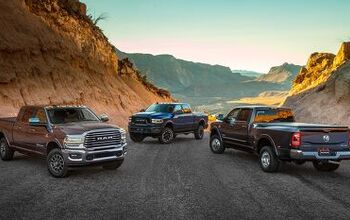
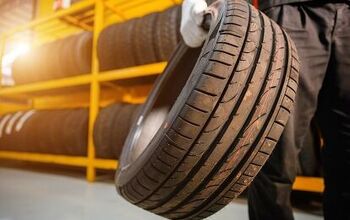
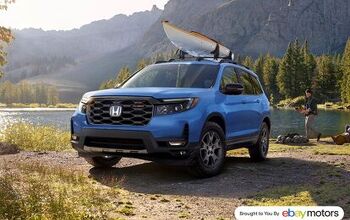
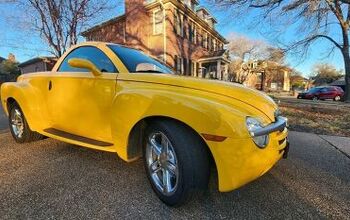
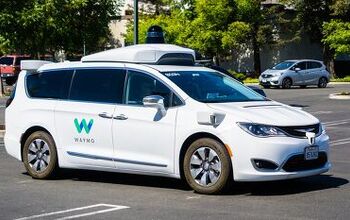
Comments
Join the conversation
I would buy the Chrysler. The Previa is eye-catching, but I drove one that a former girlfriend had, and I wouldn't want it - the seats were uncomfortable, the interior noise was surprisingly loud, and the fuel economy wasn't any better than the 3.8 in my mom's '97 Town & Country van. And the Previa didn't hold up any better than my mom's van - it (the Previa) had a major rattling noise from the exhaust, major oil leaks from every engine seal, and a few other minor problems. She traded the van for a Mini Cooper S convertible. My mom still has her '97 Chrysler, and has never had a problem with the transmission.
Back then, the Town and Country was what the sophisticated family man bought. If the Silhouette was the Cadillac of minivans, the T&C was the Imperial. Everyone knows that Imperials were better than Cadillacs. At least when in a time when it mattered. Buy. The Pillager was the minivan Ford employees drove before there was the Windbag. An over-priced also-ran. They were also big POSes. Drive if I had to. There was little redeeming about the dustbuster vans. Even the Olds version. GM desperately trying to make a futuristic styling statement that led to the longest dashboard in history and very strange outward visibility. Low-rent GM interiors, wretched handling (even for a minivan). Most were rightfully crushed and burned early in their lives.